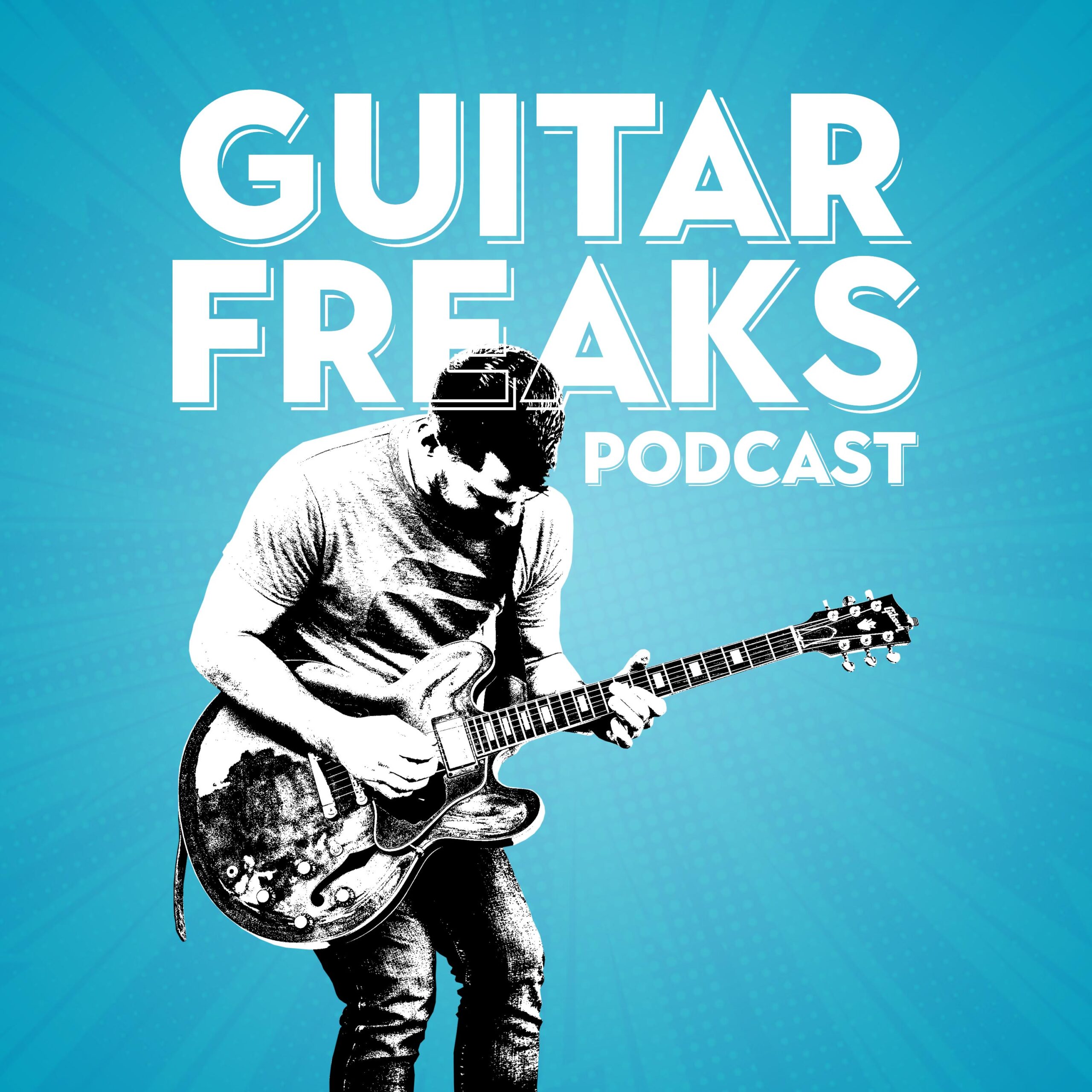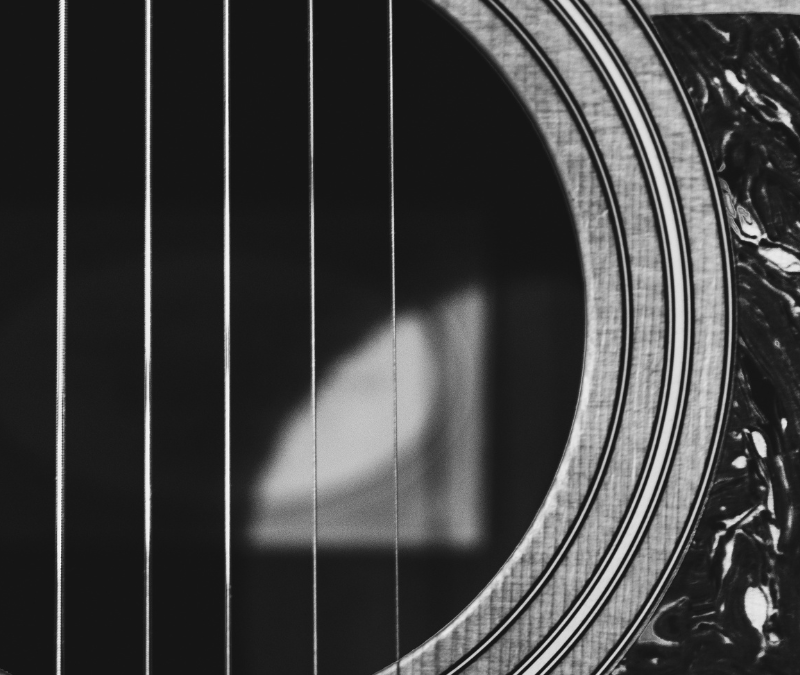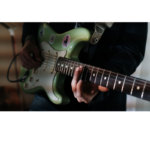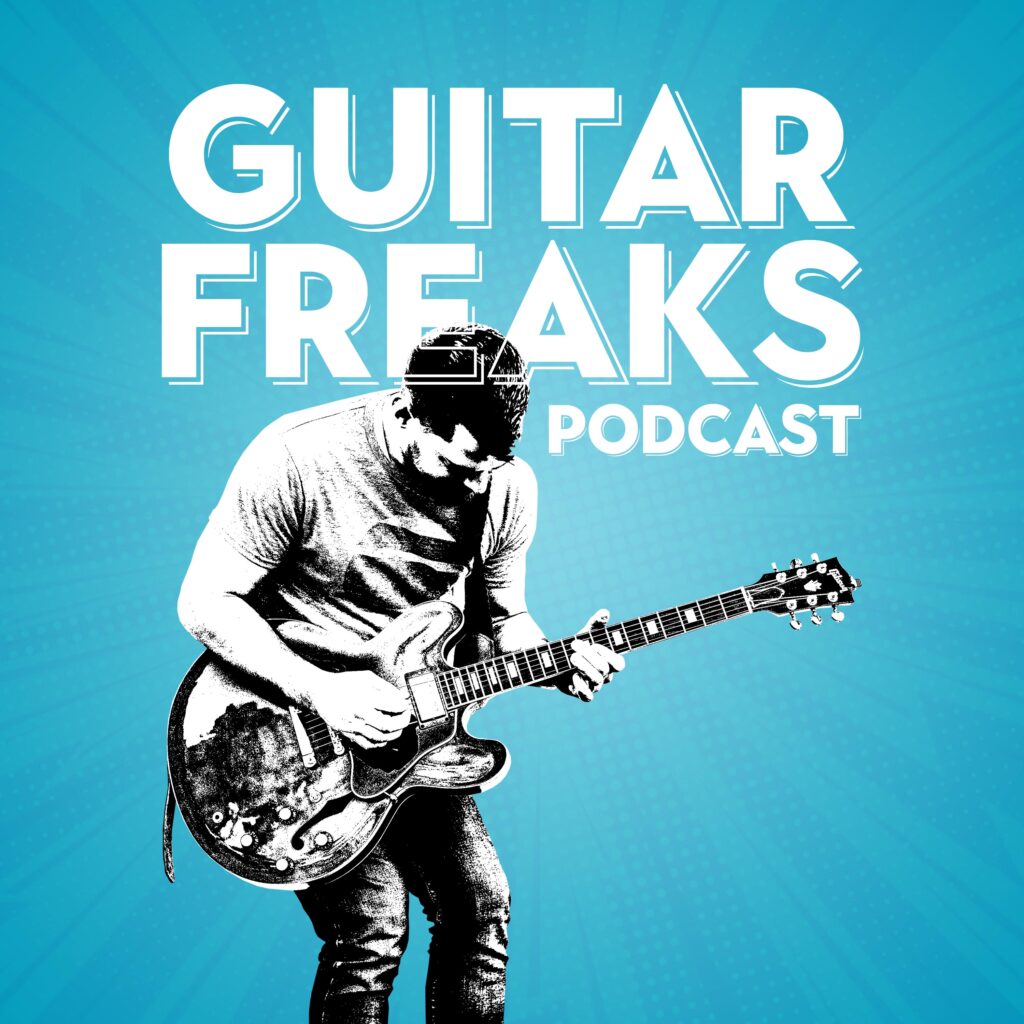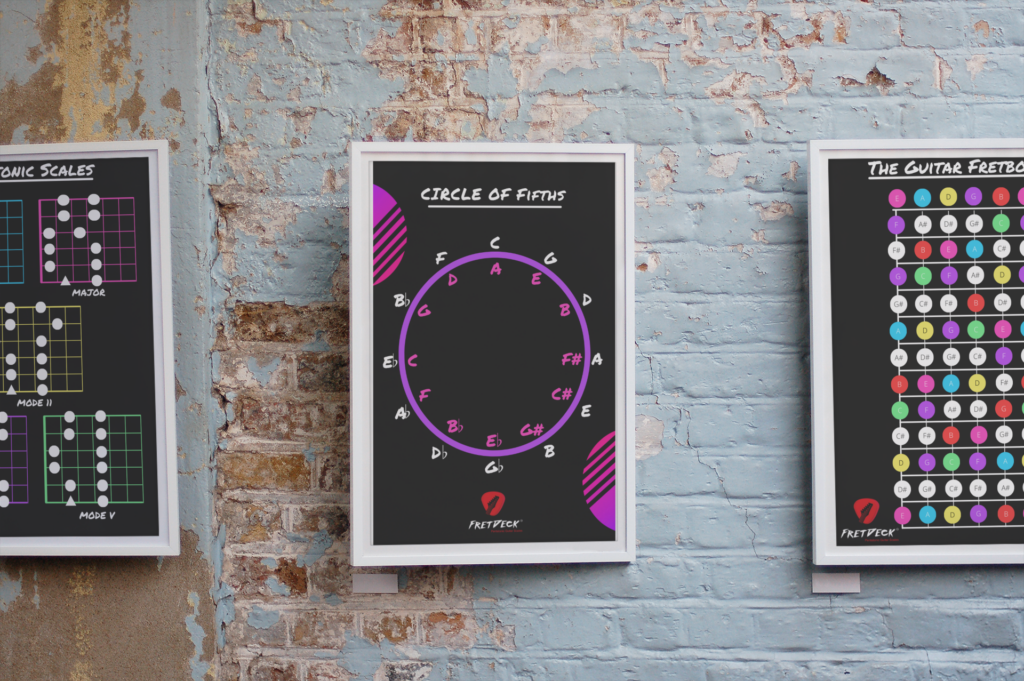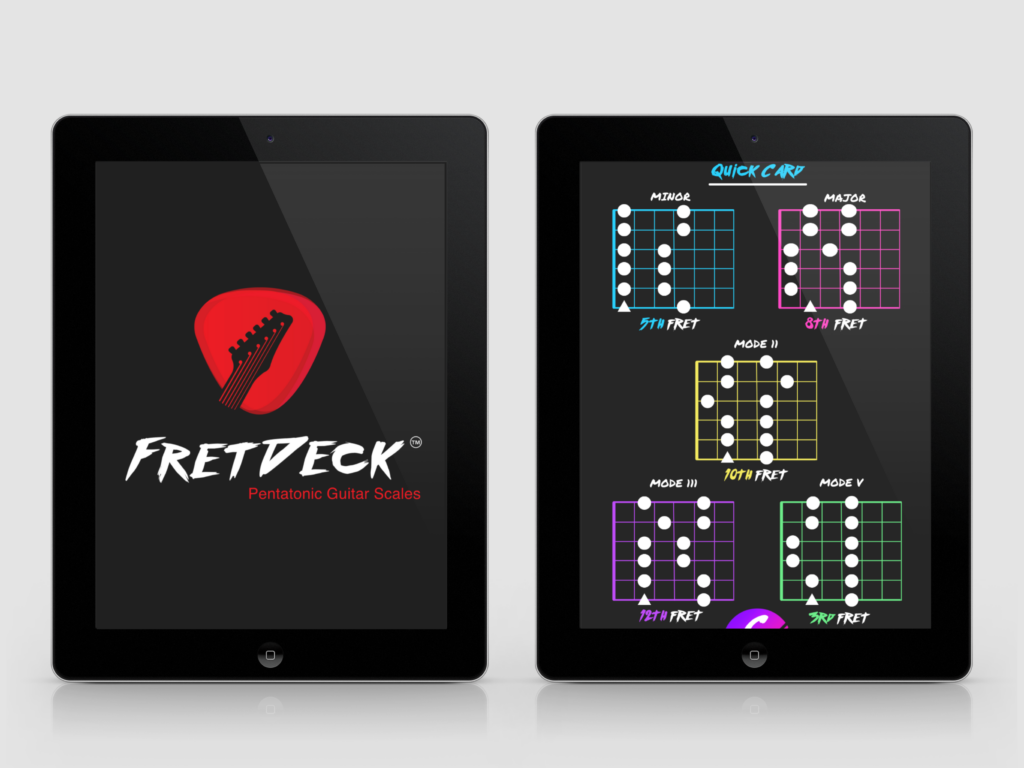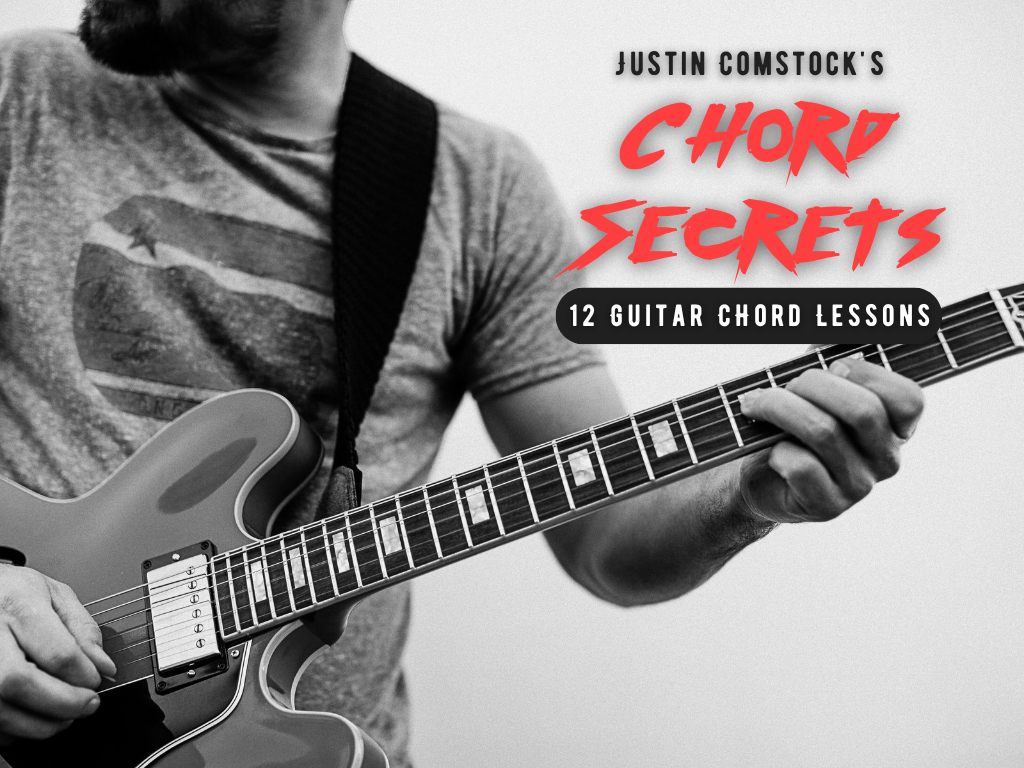What if I told you that a simple chart—yes, a literal “guitar chart of scales”—could be the most underrated tool in your practice room?
Not a flashy app. Not a 10-hour YouTube rabbit hole. Just a thoughtfully-built, pattern-rich chart that shows you how notes connect, not just where they land.
If you’ve ever stared at the neck of your guitar like it’s written in ancient code, then this post is for you.
Let’s decode the fretboard together—with guitar chart scales as your map.
📌 First, What Are Guitar Chart Scales?
Let’s clear this up. A guitar chart scale isn’t just a list of notes. It’s a visual roadmap.
Imagine this:
- You see a scale diagram on a guitar neck.
- It shows which frets and strings to play.
- But more importantly—it reveals patterns that repeat across the neck.
Think of it like a connect-the-dots for sound.
But here’s the kicker: most charts are either too simplistic (just dots) or too dense (information overload). What you need is a scalable, usable charting system that you can absorb and apply in real time.
🎁 That’s exactly what we’ve built into FretDeck—a deck of cards that teaches 60+ scale forms in every key.
👉 Join the Kickstarter Now »

❌ Stop Guessing. Start Shredding.
If you’re still fumbling through scale patterns and box shapes… it’s costing you progress.
FretDeck™ is the no-fluff system that shows you exactly how to master the fretboard—fast. Early access.
⚡️ This isn’t for dabblers. It’s for players who want results.
👉 Click here to join the pre-launch now
Early access. Limited rewards. Don’t wait.
🎯 Why Charts Work When Tabs and Videos Don’t
Let’s get honest: most players hit a plateau. They memorize a few pentatonic boxes, maybe a major scale shape… and then stop. Why?
Because they don’t see the fretboard. They only see isolated pieces.
Charts solve this.
Here’s why guitar chart scales work:
- 🧠 They give you context. You see how notes relate spatially.
- 🎯 They are pattern-based. Scales repeat themselves. Charts help you catch the geometry.
- 🧭 They help you map keys across positions. No more getting lost above the 12th fret.
A good scale chart doesn’t just show you where to put your fingers. It trains your brain to see relationships between notes, and that’s the foundation of soloing, phrasing, and composing.
🗺️ The Three Types of Guitar Chart Scales (and Why You Need All 3)
Let’s look at the three primary chart types:
1. Linear Scale Charts (Single String)
This is your “walk the tightrope” approach. You play a scale across one string only. Great for training your ears and connecting the neck horizontally.
| Example: C Major on the B string |
C – D – E – F – G – A – B – C
Use this to practice intervals and force your hand to shift positions.
2. Box Scale Charts (Position-Based)
This is the most common: a shape or “box” across 2–3 frets. Super useful for improvising in a static position.
| Example: A Minor Pentatonic, 5th Position |
🟧 Root on 6th string, 5th fret
🟨 Classic 1–4 shape
This is where FretDeck shines—our cards show five pentatonic positions and how to connect them.
3. Three-Note-Per-String Charts
Want blazing fast alternate picking or modal legato runs? This is your gateway.
| Example: G Ionian (Major) |
G – A – B (6th string)
C – D – E (5th string)
F# – G – A (4th string)
This type of chart is ideal for seeing scale modes and interval sequences clearly.
🎨 How to Build Your Own Guitar Chart Scale Sheet (Analog Style)
Want to go DIY? Here’s how I build my own charts in my bullet journal:
Materials:
- Blank fretboard grid (you can print 10-per-page templates)
- Pen (I use color coding for roots)
- Metronome or jam track
Steps:
- Choose a key (e.g., A minor)
- Circle all the root notes on your chart
- Mark the scale tones in that key
- Play through it slowly, string by string
- Track your repeat accuracy and interval awareness
You’ve now created your own scale workout—one that’s tailored to your style.
📦 Want 60 of these already done for you?
👉 Get the FretDeck: Guitar Chart Scales Edition »

❌ Stop Guessing. Start Shredding.
If you’re still fumbling through scale patterns and box shapes… it’s costing you progress.
FretDeck™ is the no-fluff system that shows you exactly how to master the fretboard—fast. Early access.
⚡️ This isn’t for dabblers. It’s for players who want results.
👉 Click here to join the pre-launch now
Early access. Limited rewards. Don’t wait.
🤫 Pro Tip: Rotate Between Visual, Aural, and Kinesthetic Modes
Learning isn’t just one-dimensional.
Here’s how to make your chart scales stick in your brain:
| Mode | Practice Technique |
|---|---|
| Visual | Trace the shape with your eyes while humming the scale |
| Aural | Sing the notes before playing them |
| Kinesthetic | Play scale slowly while saying note names out loud |
“See it. Say it. Play it.” That’s the triangle of fretboard fluency.
🧩 Connecting Chords to Scales (This Is Where It Gets Juicy)
Ever notice how most scale charts never show you the chord shapes living inside them?
Here’s what to do:
- Draw your scale chart
- Overlay your triads or 7th chord arpeggios
- Highlight chord tones in red
- Practice playing from chord tone to chord tone—not just up and down the scale
This will instantly improve your phrasing and soloing. Why?
Because you’re not just noodling. You’re outlining the harmony.
🎧 Want this broken down with visual prompts?
It’s inside the FretDeck Discord Community, with guided jam sessions and breakdowns.
👉 Join us here »
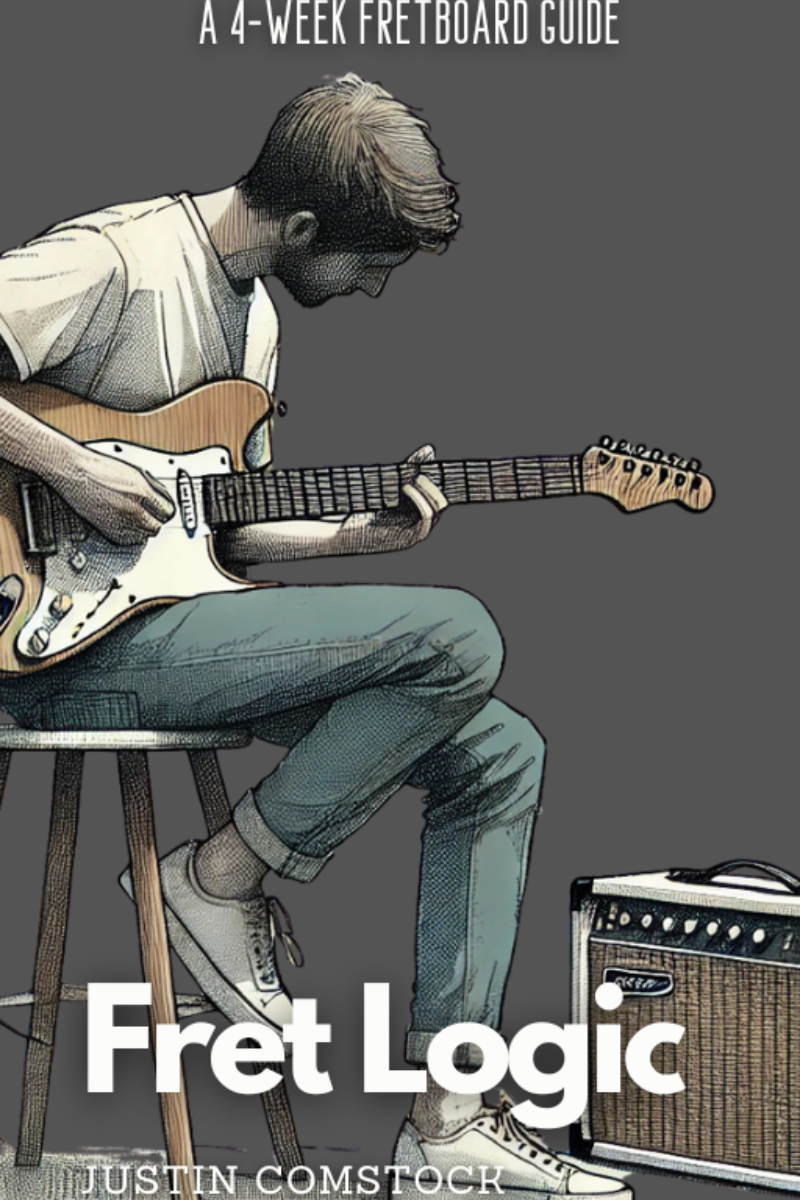
Join Guitar Freaks Hangout on Discord! 🎸
Get Fret Logic FREE!
Join the Guitar Freaks Hangout Discord and get exclusive access to my entire e-book, Fret Logic! Master the fretboard and elevate your solos with this comprehensive guide.
👉 Don’t miss out—join now and download your free copy!
🔥 Top 5 Guitar Chart Scales You Should Master First
Here’s your starter set. Think of this like the “CAGED system” for scales:
- Minor Pentatonic (A minor) – Rock, blues, soloing
- Major Scale (C major) – Ear training, melody
- Dorian Mode (D Dorian) – Funk, modern blues
- Mixolydian Mode (G Mixolydian) – Jam band, country
- Blues Scale (A Blues) – Expressive bends and vocal phrasing
Each of these can be learned from a single chart, then extended across the neck using the five-position method.
📦 These 5 scales are all included in FretDeck’s Kickstarter bundle, complete with visual charts, scale formulas, and real-world application tips.
🧠 The Psychology of Chart-Based Practice
Why does this method work?
Because your brain loves visual patterns. When you trace shapes—whether it’s a minor pentatonic box or a three-note-per-string Ionian mode—you start to form muscle memory maps.
And here’s the magic:
When you combine charts with ear training + active playing, you form long-term recall.
That means:
- You don’t get lost on stage
- You can solo freely in any key
- You understand why your fingers are doing what they do
💬 Real Stories from the Community
“I’d tried apps, teachers, YouTube. Nothing clicked until I started drawing the scales myself—just like your FretDeck cards. My solos actually make sense now.”
— Jennifer, rhythm guitarist + songwriter
“Seeing how the C major scale overlaps with A minor opened up the fretboard for me. The chart literally became my cheat sheet for writing riffs.”
— Zander, student using FretDeck weekly
Join players like Jennifer and Zander who are mapping their necks, writing better parts, and learning faster with chart-based methods.
✅ Recap: What to Do with Guitar Chart Scales
Let’s tie it all together:
| Action | Why It Works |
|---|---|
| Practice from scale charts | Builds visual pattern memory |
| Draw your own charts | Deepens understanding |
| Highlight chord tones in charts | Connects theory to real playing |
| Rotate scale types | Expands musical vocabulary |
| Join a community | Keeps you motivated and inspired |
And remember…
You don’t need more information. You need a clear map and daily steps.
📢 Final CTA: Don’t Just Read This—Play It
🎸 Ready to finally master scales on the fretboard?
- ✅ Download your FretDeck Starter Pack
- ✅ Join the Guitar Freaks Hangout Discord
- ✅ Back our Kickstarter and unlock scale cards, lessons, and more
👉 YES! Show Me the Guitar Chart Scales System »
If guitar chart scales seem confusing at first, don’t worry—this guide on how to read guitar scales breaks it down into simple, visual steps.
For additional background on why scales matter and how they’re used across styles, I recommend this detailed lesson on Guitar Scales Explained – JustinGuitar.
